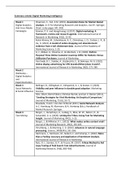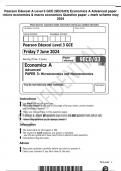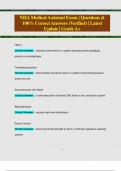Samenvatting
Summary all articles Digital Marketing Intelligence
- Vak
- Instelling
Summary all articles Digital Marketing Intelligence - Chapman, C., Feit, E.M. (2019). Association Rules for Market Basket Analysis. - Kannan, P. K. and Hongshuang Li (2017). Digital marketing: A framework, review and research agenda. - Kukar-Kinney, M., Scheinbaum, A. C., Orimoloye, L. O., ...
[Meer zien]






